This week we have a guest blogger Joia. She is a student at Arizona State University where I work as an academic advisor. This semester she took Art Renaissance to Modernism class and showed me her awesome final paper where she designed imaginative tour using famous art pieces studied in class.
It was so great that asked if I could feature it on my blog. She agreed!
Realism Tour
By Joia Dorion
In this exhibit, we focus on works of art from throughout art history that reflect a theme of Reality. Many of the movements and eras throughout art history are easily defined by the ideals and societal expectations of the time. We thought it was important to showcase pieces that move away from these limitations and represent the realities of that time period. We hope this exhibit will inspire you to look past your limitations as you walk your way through!
From the Renaissance Era we have included Jan van Eyck’s Man in a Red Turban. Although the identity of the subject in this portrait has been unidentifiable over time, the medium of oil paints have created an intense and more detailed work than other portraits of the time. The eyes show details such as wrinkles, moisture and glazing over the eyes, and perfectly tailored fold of the turban. These details provide the reality of aging, a concept avoided at all costs by beauty ideals typically portrayed in art at the time. Because of this, the eyes of the subject will draw you in, in ways that other portraits of the Renaissance do not possess.
We have also included Raphael Sanzio’s Madonna of the Meadows from the Renaissance Era. As you may or may not have realized, the woman shown is actually Mary from the Bible. Without symbolism used, such as the blue of her dress, it isn’t expected that it is Mary being depicted due to the constant idealization and idolizing of her in every artwork of the time. Here she is taken out of the throne and put into a landscape with baby Jesus and his baby cousin John. Although the landscape is slightly idealized, this background is much more well suited to Mary’s reality of life as transcribed in the Bible.
As a part of the Baroque and Neoclassical Eras, we have included Diego Velasquez’s Water Carrier of the Seville. Despite the use of manipulation of light, a characteristic unavoidable in most works of art of the time, the subject matter depicts real people from a real moment in time. The attention to detail, using what later becomes known as still life painting techniques, pulls you into the moment and the story as if you yourself were seeing this.
Another work included is Angelica Kauffman’s Cornelia Pointing to Her Children as Her Treasures. The landscape in the background once again is idealized with its soft sfumato and easy readability. The subjects however are based on a popularized historical story in which the friend of the woman comes over to display their jewelry. In response, the woman brings over her children and says, “These are my jewels.” This sweet moment is captured as an advocate for the movement for mothers to spend more time with their children instead of hiring nannies.
In representation of the 19th and 20th Century Era, Gustave Courbet’s The Stone Breakers is included in the exhibit. This was among one of the first paintings to go against the status quo of idealism, and to only paint what one could see. A younger boy and an older man are shown faceless and nameless, a technique of relatability to viewers, in action while breaking stones. This type of portrait easily brings the viewer in as they picture themselves, the average non-wealthy citizen, doing such work. The gritty textures and loose style invite the viewer to make this illustration their own reality.
Maya Lin’s Vietnam Veterans Memorial is also included in the exhibit. Like the Vietnam war itself, the design of the memorial was also controversial at first. The use of dark granite represents a dark time as it violently crashes ten feet into the earth. As the grass mends from between the ground and over the top of the slabs of granite, the healing of open wounds is represented. The most human and real of all the works of art displayed, the intimacy of the reflection the viewer enveloped by the name of a loved one makes a past memory a present reality all over again.
We hope that you have reconnected with your reality as all of these artists have in the past. Reflect, and always be present. Please come back again!
Thanks for this great tour Joia.

For another guest blog post see Art Talk: Guest Blogger, Frankie O'Neill

Art Talk Series Highlights
2018
Art Talk: Introduction
Art Talk: Emotion in Bronze
Art Talk: Moore Across America
Art Talk: Bronze
Art Talk: Moore in America
Art Talk: King and Queen
Art Talk: Art Tells Our Story
Art Talk: Highlight Tour of the MET
Art Talk: The Burghers of Calais
Art Talk: Auguste Rodin
Art Talk: Art in Paris in the 1870s
Art Talk: Guest Blogger, Frankie O'Neill
Art Talk: "Felt is a happy fabric."
Art Talk: Murals in Klamath Falls
Art Talk: Woman with a Parasol- Madame Monet and Her Son
Art Talk: Respect and Compassion
2019
Art Talk: Art Connects Us
Art Talk: My mother's crystal
Art Talk: Mother and Child
Art Talk: Tour of the Galleria dell' Accademia
Art Talk: Walking tour of Florence, Italy
Art Talk: Chihuly at the Oklahoma City Museum of Art
Art Talk: Vatican tour highlights
Art Talk: Ceilings in the Vatican
Art Talk: Chihuly at Kew Gardens
Art Talk: MET Highlight tour
Art Talk: Japan at the MET
Art Talk: Up Close with French art at the National Gallery of Art in DC
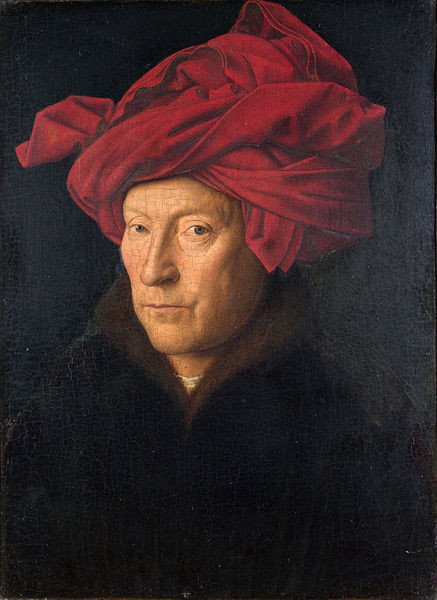
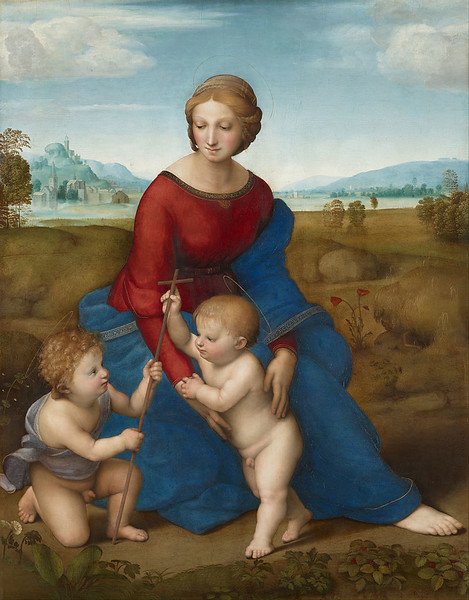
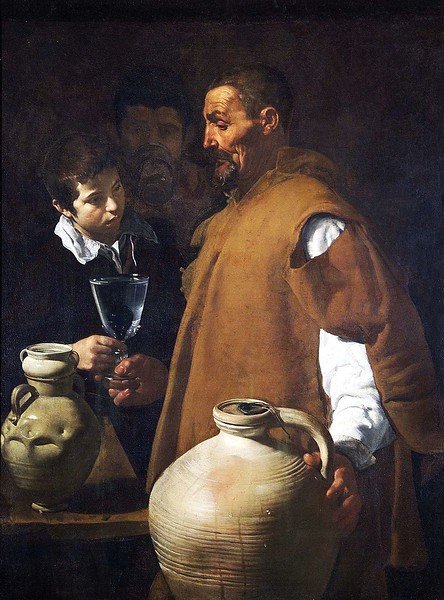
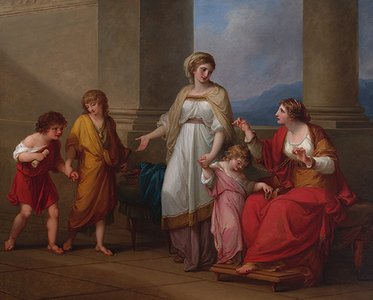
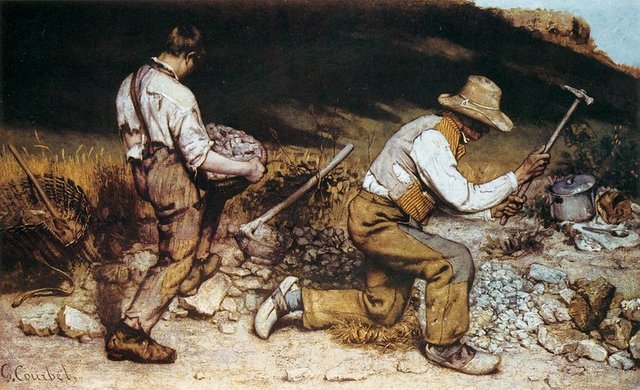

So cool that you have a guest blogger... and again still formatted so well and so educational.
Downvoting a post can decrease pending rewards and make it less visible. Common reasons:
Submit
Thanks!
Downvoting a post can decrease pending rewards and make it less visible. Common reasons:
Submit
This post was shared in the Curation Collective Discord community for curators, and upvoted and resteemed by the @c-squared community account after manual review.
@c-squared runs a community witness. Please consider using one of your witness votes on us here
Downvoting a post can decrease pending rewards and make it less visible. Common reasons:
Submit
Thanks for the support.
Downvoting a post can decrease pending rewards and make it less visible. Common reasons:
Submit
"El vendedor de agua de Sevilla," or "The Water Merchant of Seville," shows some fascinating contrast between wealth and poverty in the vestments of the water merchant and wealthy man's child. That is one of my favorite paintings. I was fortunate enough to see it in person, when visiting Florence.
Downvoting a post can decrease pending rewards and make it less visible. Common reasons:
Submit
Thanks is so fun that Joia highlighted one of your favorite paintings!
Downvoting a post can decrease pending rewards and make it less visible. Common reasons:
Submit
Hello!
This post has been manually curated, resteemed
and gifted with some virtually delicious cake
from the @helpiecake curation team!
Much love to you from all of us at @helpie!
Keep up the great work!
Manually curated by @georgeboya.
@helpie is a Community Witness.
Downvoting a post can decrease pending rewards and make it less visible. Common reasons:
Submit
Thanks
Downvoting a post can decrease pending rewards and make it less visible. Common reasons:
Submit